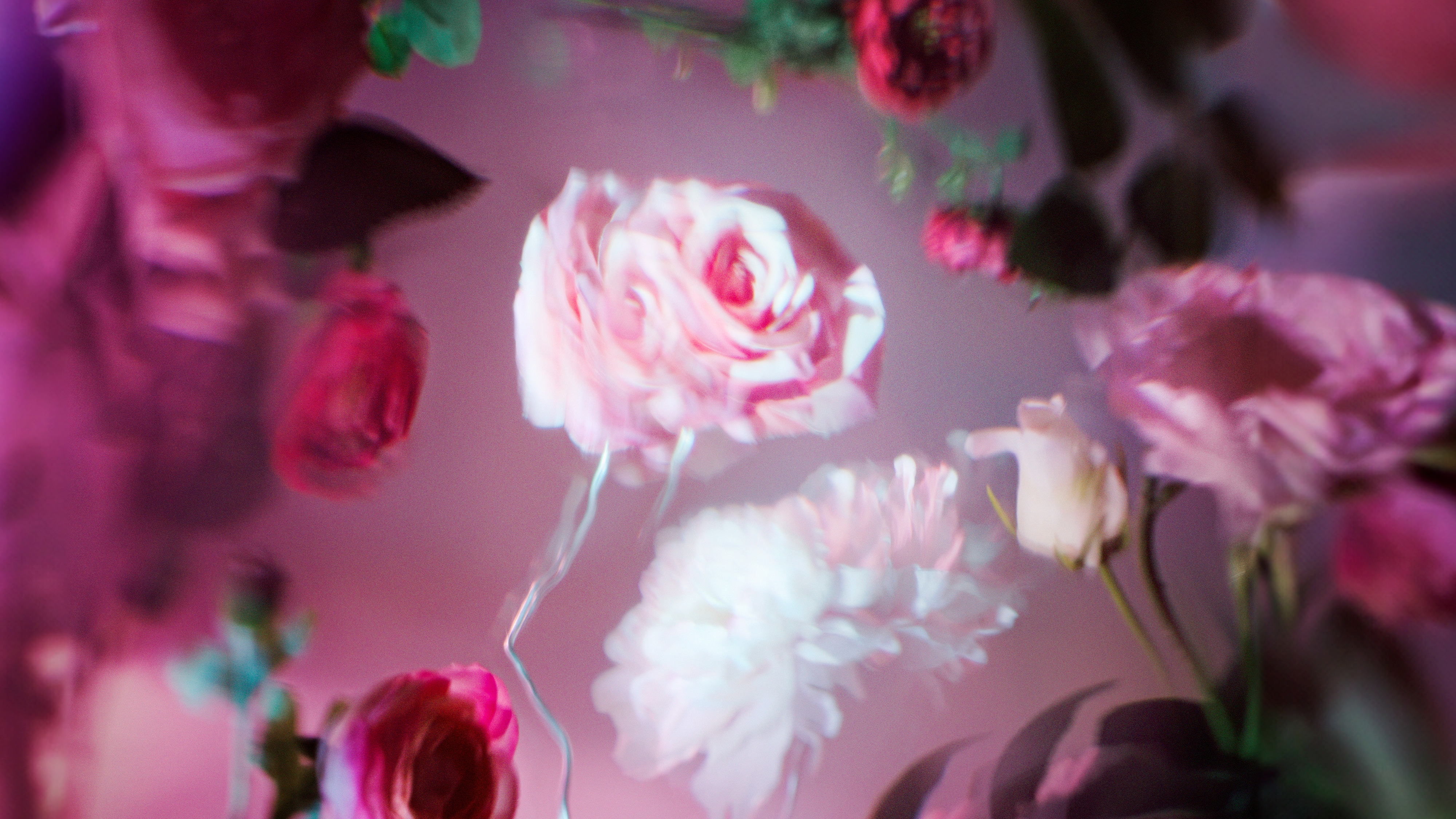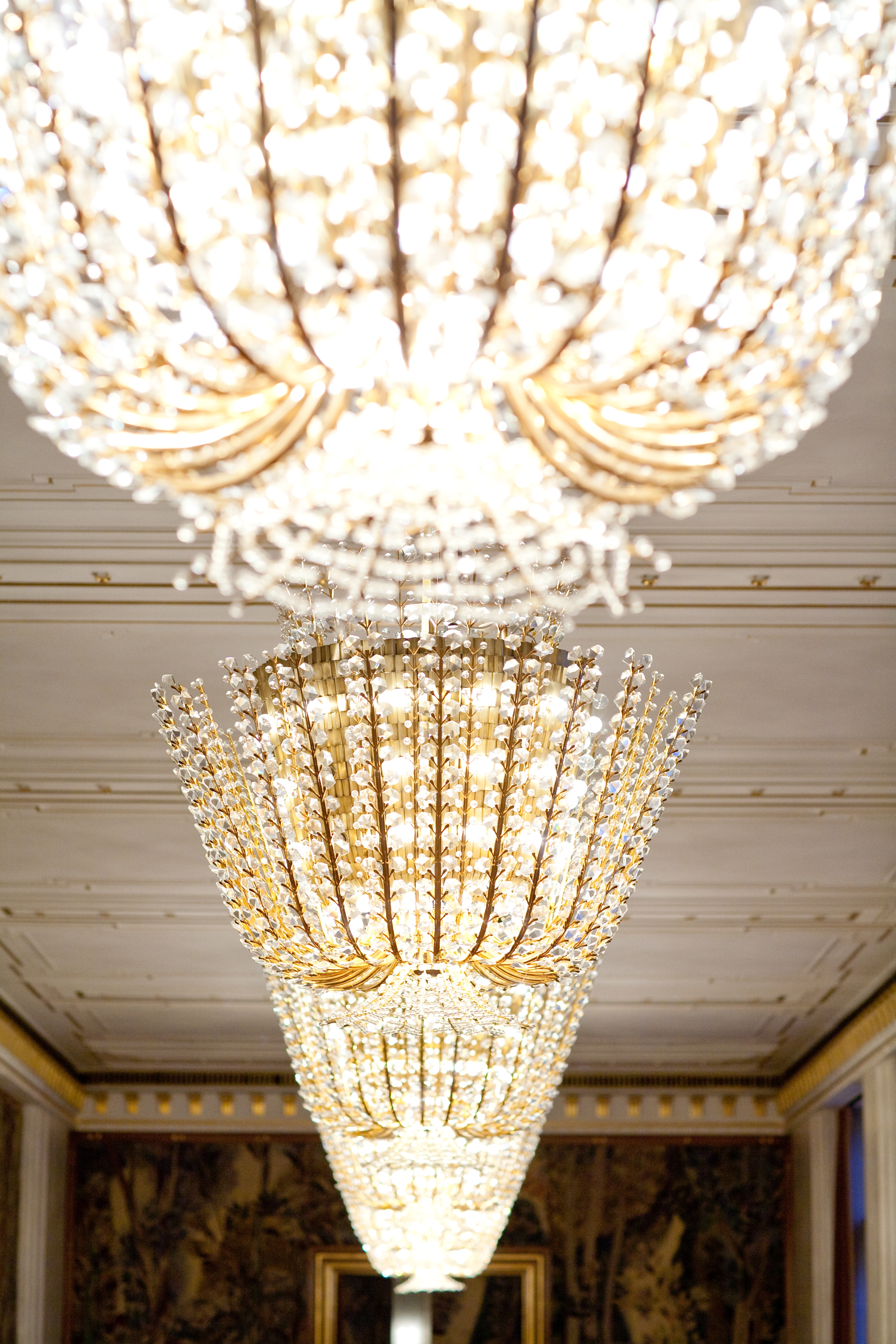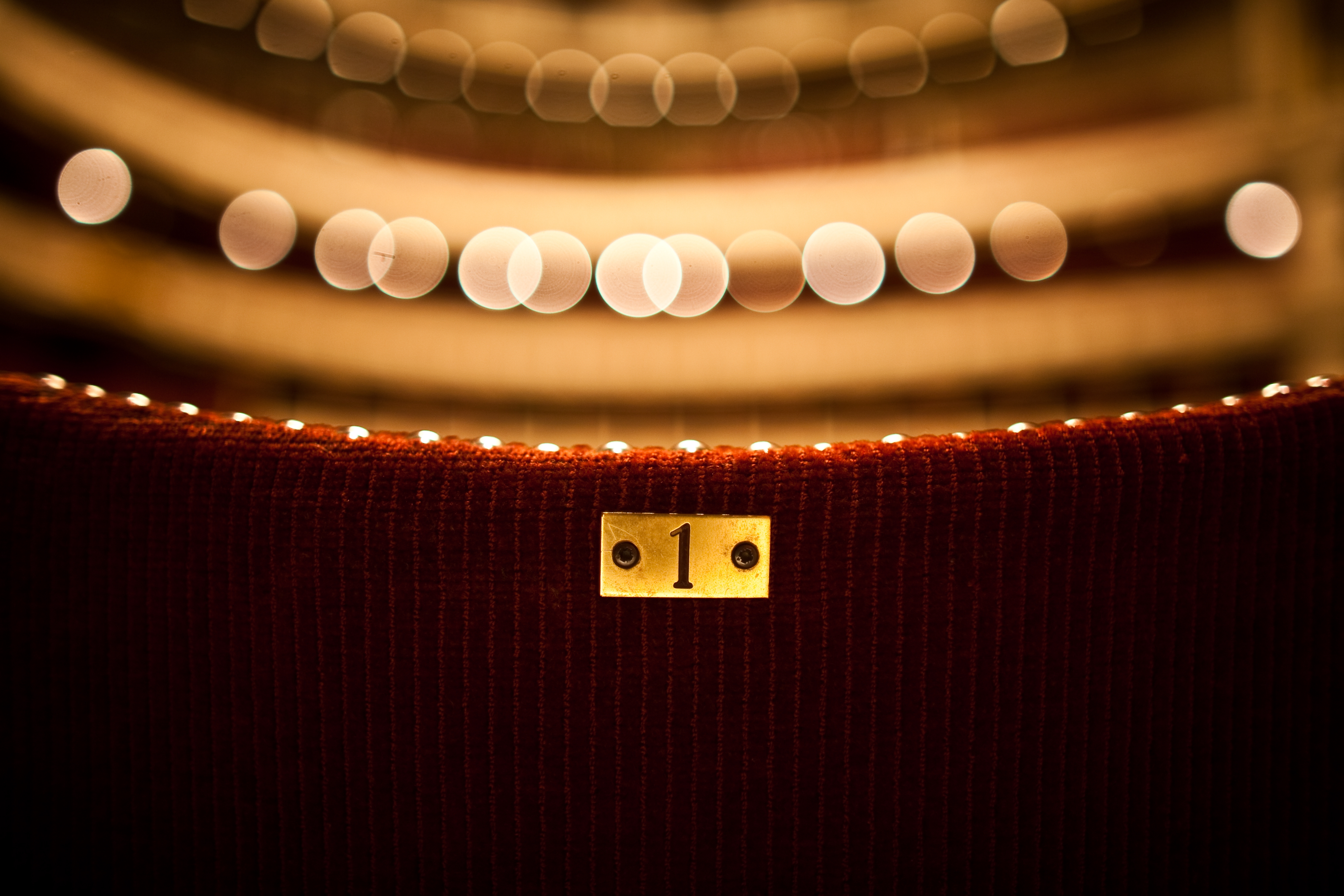Short Summary
Iolanta, the daughter of Provençal King René, who has been blind from birth, lives in hiding in the Vosges mountains.
Her father hopes that she will be cured by the famous physician Ibn-Hakia - only when she can see will Iolanta meet her fiancé Robert of Burgundy. But things turn out differently: Robert wants to break off the engagement because he loves another princess. His companion and friend Vaudemont, on the other hand, falls in love with Iolanta at first sight and she returns his love. Love becomes the key to treatment, the cure succeeds and Iolanta learns to see.
Piotr Tchaikovsky set the antagonism of light and darkness to music in the juxtaposition of "dark" B flat keys - for example in the unusual orchestral introduction scored only for woodwinds and horns - with the triumphant C major finale. The composer uses trenchant harmony and instrumentation to make the gradually questionable natural idyll in Iolanta's rose garden just as atmospherically tangible as Iolanta's driven nature, King René's doubts or Ibn-Hakia's philosophical reflections on the connections between psyche and body. Finally, Iolanta and Vaudemont's rapturous duet in G major seems to combine romantic love and knowledge (of God) - the solution? Or a new delusion?
The suggestion for this material came from Tchaikovsky himself. In a conversation with the magazine Peterburgskaja Zizn' in November 1892, he explained: "About eight years ago, I received an issue of the [Moscow] magazine Russldj Vestnik [Russian Messenger, note] in which the drama play King Rene's Daughter by the Danish playwright Henrik Hertz was printed in the Russian translation by F. B. Miller. This material enchanted me with its poetry and originality as well as its wealth of lyrical moments. At the time, I promised myself that I would set it to music one day."



